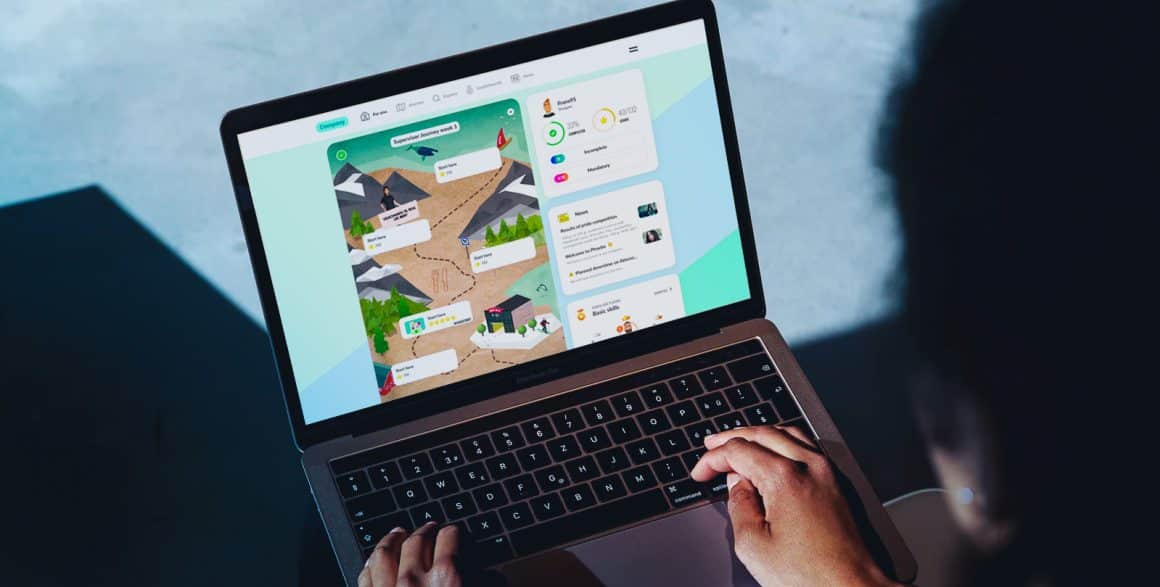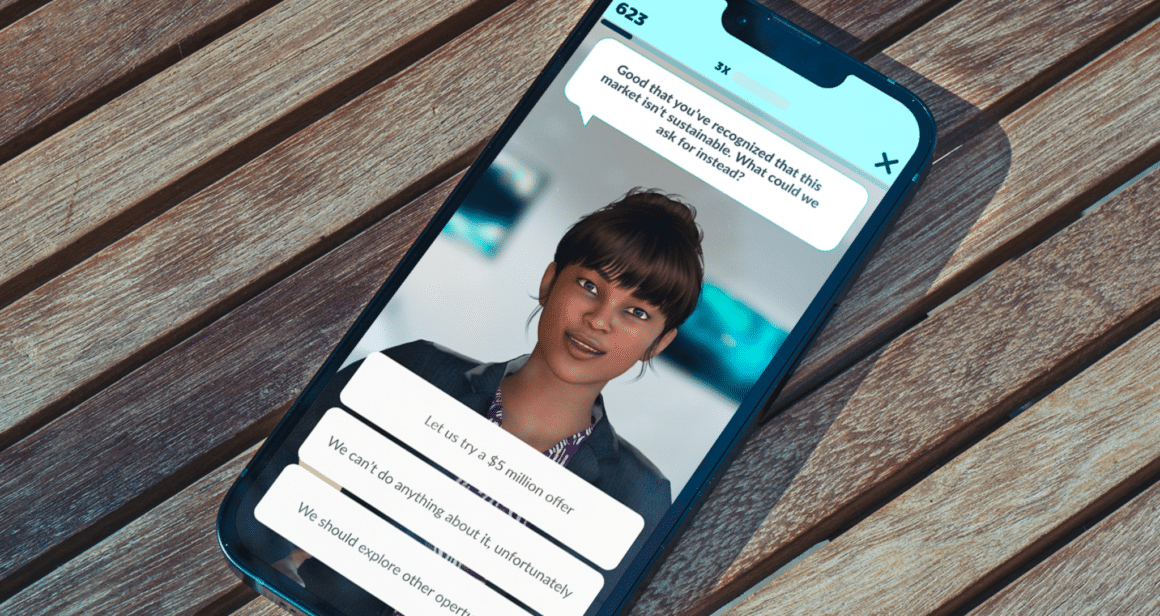Elevate workplace diversity with Attensi’s DEI training solutions
Elevate workplace diversity with Attensi’s AI-powered DEI training solutions. Empower your team and foster a culture of inclusivity and innovation.

Elevate workplace diversity with Attensi’s AI-powered DEI training solutions. Empower your team and foster a culture of inclusivity and innovation.

DEI or DEIB training, also known as diversity training, aims to enhance our understanding of each other, address biases – whether conscious or unconscious – and ensure workplace respect. It encompasses various factors like backgrounds, cultures, age, race, gender, sexuality, disabilities, and unconscious bias.
DEI training plays a crucial role in helping teams identify and unlearn biases, fostering collaborative, inclusive, and respectful teamwork. By promoting awareness and acceptance among employees, it cultivates an environment conducive to improved team performance and productivity.
Well-executed DEI training can transform organizational culture. From inclusive job ads attracting diverse talent to diverse teams outperforming competitors, the benefits are profound. McKinsey1 found that organizations with gender-balanced teams are 25% more likely to excel, highlighting the tangible impact of DEI initiatives.
If the same people with the same experiences are always trying to move an organization forward, it can stop innovation in its tracks. With a diverse workforce comes diverse thinking and challenging the status quo.
As part of your Attensi DEI training, consider including sections on effective collaboration and leveraging the power of different thinking. How can you draw on the different experiences in the room to create impactful solutions?
‘I don’t feel like I fit in.’ ‘I don’t feel like I belong here.’
These are some of the most common reasons for leaving that come up repeatedly in exit interviews. This can be because your people don’t feel comfortable disclosing their differences in the workplace, let alone having them celebrated, and therefore they feel they can’t be genuinely themselves.
As humans, we need a sense of belonging. It’s one of our most basic needs. Using diversity training, you can create an environment of acceptance and community. You could be losing out on highly skilled people if you don’t.
McKinsey has run several reports around the relationship between diversity and profitability. Their reports indicate that organizations with a diverse workforce are 35% more likely5 to deliver an above-average profit margin.
In just one example, Harvard Business School6 studied a highly male-dominated field – venture capital. Firms that hired 10% more women in senior leadership roles also increased their revenue by 10%.
A lack of awareness and participation in diversity, equity and inclusion training can have a detrimental impact on your organization’s reputation. And some organizations fail hard.7
Tokenistic ‘one-day’ diversity training simply won’t cut it – not if you want to make a real cultural shift. Significantly improve your employee experience (and your organization reputation) by committing to an ongoing diversity, equity and inclusion strategy, including ongoing training.
There are a number of ways Attensi can support you to deliver your DEI training solutions that doesn’t involve sitting in a classroom all day:

Gamified training – help your team master skills and learn new knowledge through the act of gaming

Personalization – relevant, highly specific training personalized to someone’s roles and responsibilities

Interactive, engaging content – engage your teams with highly immersive, interactive modules, content, and assessments

Accessible mobile content – give your teams the flexibility to learn anywhere, any time
Microlearning offers short, sharp bursts of information, making it highly accessible and easily adaptable to busy schedules and preferred devices, enhancing knowledge retention and engagement rates.
This is a great place to start for teams who want to understand the differences between diversity, equity and inclusion and how they fit together.
For example, you may start by defining each element and then giving them context by discussing how they fit in to the day-to-day of your organization.
Understanding the difference between diversity and inclusion is essential to any organization that wants a comprehensive DEI training program.
An organization could be diverse (hiring people of color, different genders or people with disabilities) but not be inclusive.
For an organization to be truly inclusive to its diverse workforce, teams must understand any reasonable accommodations and have the appropriate support and procedures in place.
We all have unconscious biases, whether we like it or not. And this may be impacting your ability to make your organization more diverse and inclusive.
You can use your unconscious bias training to help your teams understand:
A module on intentional inclusion could be a good opportunity for you to help your employees know exactly what actions you’re taking to make your workplace more inclusive.
This is where you may want to take advantage of any customizable or personalized training materials. The more specific you can make your DEI training, the more likely your employees will be receptive to this, as it gives them real-life context.
You may want to include expectations, standards or milestones you expect from all employees.
Culture and identity awareness are prime examples of where DEI training is a process, not a one-and-done program. With cultures and identities always shifting, you’ll want to find training that can be updated and adapted easily to move with the shifting times.
Accessibility is about more than physical access to your workplace. It’s about any software you may use. Use your accessibility training to ensure everyone in your team understands this software so that no one is excluded.
A great example of accessibility in action is the introduction of sign language8 interpreters to Microsoft Teams.
If you were running training on this, you might ask everyone to learn the functionality so that anyone setting up a meeting can ensure that the meeting is inclusive for deaf or hard-of-hearing participants.
A microaggression is ‘indirect, subtle, or unintentional discrimination against members of a marginalized group’.
It’s important that members of your team can recognize these and act accordingly. This may be when you choose to utilize simulation training so your people can get comfortable with your organization’s procedures should an incident occur.
In a model by Deloitte, they identify six signature traits of an inclusive leader, including:
Think about using this as the basis for your inclusive leadership training.
Inform teams of any organizational processes they can go through if they see someone being treated unfairly or inappropriately.
Again, you may choose a form of simulation training so that your people can learn to identify any inappropriate behavior, assess how they can intervene and understand how to act going forward.
If you want to build a truly diverse workforce, you have to go right back to the beginning and get your hiring and training right.
Because when you hire diversely and inclusively, your organization can reap the benefits – more revenue, better employee experience and employee retention.
Consider including:
Assessing the effectiveness of your DEI initiatives is crucial for progress. Start by evaluating diversity in leadership, considering gender, cultural backgrounds, and experiences to ensure meaningful representation.
Furthermore, monitor staff turnover rates to understand retention challenges and address any disparities in learning, development, and growth opportunities. Soliciting employee feedback is essential for refining DEI training, ensuring its relevance and impact.
If you’re ready to diversify your DEI training, you need Attensi. Our game changers are ready to help your organization celebrate your wonderful teams.
The workers keeping their disabilities secret, bbc.com/worklife/article/20211101-the-workers-keeping-their-disabilities-secret
The Other Diversity Dividend, hbr.org
Why Diversity Programs Fail, hbr.org